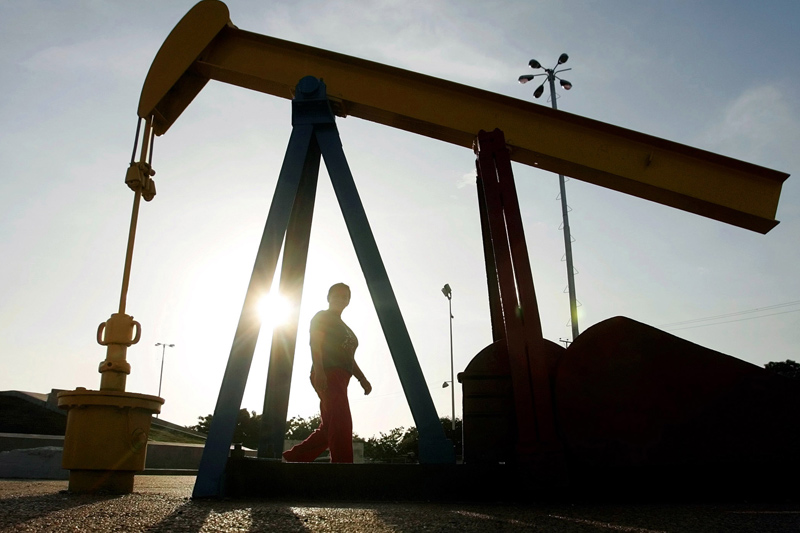Avidia Bancorp CEO Cozzone buys $49,986 in shares
Investing.com -- China’s expanding oil stockpiles and new sanctions on Russian exports could reshape global oil balances, Bernstein said in a Friday note, though the near-term outlook remains tilted toward oversupply.
The broker said China has added about 100 million barrels to its inventories this year, with total crude reserves now estimated at 1.38 billion barrels—equivalent to 112 days of import cover.
That includes roughly 500 million barrels in the Strategic Petroleum Reserve (SPR), a figure expected to rise as Beijing adds another 150 million barrels while Brent remains below $70 a barrel.
Bernstein strategists noted that the “golden age” of China’s oil demand growth is over, with consumption expected to rise by just 0.1 million barrels per day (1%) this year as electric vehicle adoption accelerates. In effect, strategists said, it’s the pace of inventory fill—rather than end-user demand—that’s driving China’s oil imports.
“China SPR purchases alone are not enough to absorb the oversupply on oil markets,” strategists led by Neil Beveridge said in the note.
Global output currently exceeds demand by about 2 million barrels per day, and even with continued SPR filling at roughly 0.4–0.5 million barrels per day, a surplus of around 1 million barrels is likely to persist.
About 1.4 million barrels per day of excess supply is currently going into OECD and non-OECD storage, including China, as well as oil on water, strategists highlighted.
They noted that China’s inventory build has nonetheless helped offset part of the production increase stemming from OPEC’s unwinding of its 2 million-barrel-per-day cuts.
Bernstein estimates that China’s total inventories could rise to 1.55 billion barrels by the end of 2026, as the country continues to expand its storage capacity by 169 million barrels across 11 new sites.
“For energy security reasons, China may want to increase the SPR further,” the strategists wrote, adding that import-day coverage still trails the OECD average.
The second major variable for oil prices lies in Russia. Newly announced U.S. sanctions against Rosneft and Lukoil—an escalation of restrictions—target roughly 1.5 million barrels per day of seaborne exports, about 30% of Russia’s total shipments.
While a full disruption could “tighten markets significantly,” strategists believe such an outcome is unlikely, as Moscow likely has contingency routes and buyers in place.
Brent crude has averaged about $71 a barrel this year, and Bernstein’s base-case forecast remains $69 for 2025 and $65 for 2026. The strategists said uncertainty is rising, with upside risks from more effective sanctions that curb Russian exports and downside risks if sanctions fail or prompt negotiations over Ukraine.
Overall, while China’s reserve expansion and the latest sanctions on Russian oil “support prices,” they may not be sufficient to fully eliminate the current supply surplus, keeping markets soft into next year, Bernstein’s team concluded.
